IT Checklist for Buying or Merging a Legal Practice
The simple IT checklist for increasing your firm’s value
Looking to increase the value of your firm? Develop an IT checklist.
Why? Because if you are thinking of buying or merging with a new Practice, due diligence of the IT systems/technology can help you understand what you are buying and what you will inherit when you take over a firm. Alternatively, if you are thinking of selling all or part of your firm, up-to-date and functioning IT systems are a key component to communicating the value and business potential your firm has to offer.
Using an expert maximises your profit potential
Gaining a professional understanding of what IT equipment, contracts, connections exist (or not) can make a big difference to the profit potential of a Practice during a 12-24 month period. And the best part? This process adds a huge amount of value to your firm.
Imagine you are looking to buy a practice. The first question you’re likely to ask yourself is “why is the practice for sale?”. Often when practices are on the market, it’s because their IT systems are lagging. The owners have found out that they need to upgrade their systems or software to remain competitive or, the practice may be losing clients because the software they are using is slowing down their processes.
Is that the kind of Practice you want to own or buy? Not really. Here’s an essential IT due diligence checklist:

Fundamental IT Checklist when Assessing a Practice
- Equipment/devices
- Connectivity
- Licensing and Contracts
#1 Equipment/devices
Age: How old are the devices and infrastructure being sold with the Practice? IT devices and software are designed by manufacturers to last three to five years.
Common issues caused by old equipment include:
- limited or no support/upgrades from manufacturers (for example, Windows XP is no longer supported by Microsoft). This could include issues such as practice management software that is no longer supported by existing Practice hardware.
- expensive to maintain (compatibility issues with specialised applications often occur when upgrading servers or Windows operating systems); and
- increased security risks (without updates, old devices become easy targets for malicious attacks).
Have you factored the cost of equipment upgrades into your purchase price? An IT expert can let you know what is current, end of life and what you would need to spend to get the systems your Practice needs. Identifying costs that are likely to arise in the first twelve months of operation can help you create a realistic IT budget and open the opportunity to re-negotiate the purchase price.
Warranties: What kind of warranties – if any – come with the devices you are buying? Are you buying business-grade or ‘home user’ devices? Make sure you get what you pay for!
What’s Included? Important: Are devices included in your purchase? An equipment audit documents what IT equipment (PCs, printers, laptops, servers, switchboards, phones etc) are included. Also, get a signed agreement from the Seller itemising specifications for each device included in the purchase. A common business practice – particularly with franchises or practices – is to exchange new for old equipment/devices just before hand-over to new owners.
#2 Connectivity
Internet: What kind of Internet connectivity is available at the location/s of the Practice you are buying? Is Internet available? Some Telco Exchanges have no capacity for new connections. Whilst alternative connections can be available, the added cost may be prohibitive. Asking ‘what kind’ of connectivity is available is as important as asking ‘if’, particularly if your Practice modelling depends on fast up and down Internet speeds.
Cabling: Does the Practice have ‘business-grade’ cabling infrastructure – and does it work well? Is the cabling up to relevant codes? Does the cabling or network fabric need updating? These can have a big effect on network speeds.
Printers: Will the printer/s you are buying work with the software you use? This is important! Sometimes the only way to fix compatibility issues between software and printers is buying new printers or incurring hours of support fees.
Integration: Do you need the Practice IT systems to integrate with your existing systems (Practice Management software, line of business apps, etc)? System integration is a complex matter and rarely works as simply as expected. For example, do you know if your existing communications will integrate with the new Practice? Or if their communications connections will work with yours? Is the Practice Management software old or reached ‘end of life’? Are support services available, at what cost, and can it be linked with your existing PMS?
#3 Licensing and Contracts
Are the devices you buying legally licensed?
Does the sale price include software licences, such as Microsoft Office, Windows, Practice Management software, line of business apps, accounting software, switchboard software and more?
Is the Practice encumbered with legally-binding contracts (eg, Practice Management / service / software / communication / Cloud) that you will obligated to pay out? If contracts exist, do they support early exit and what will that cost you?
IT due diligence and itro
The above points cover the basic IT information you need to consider before buying a Practice. Please use this list as an aid to speak with your IT Provider. Or give itro a call and one of our engineers will be happy to help you get a better understanding of what you need to know about IT before you buy a Practice.

